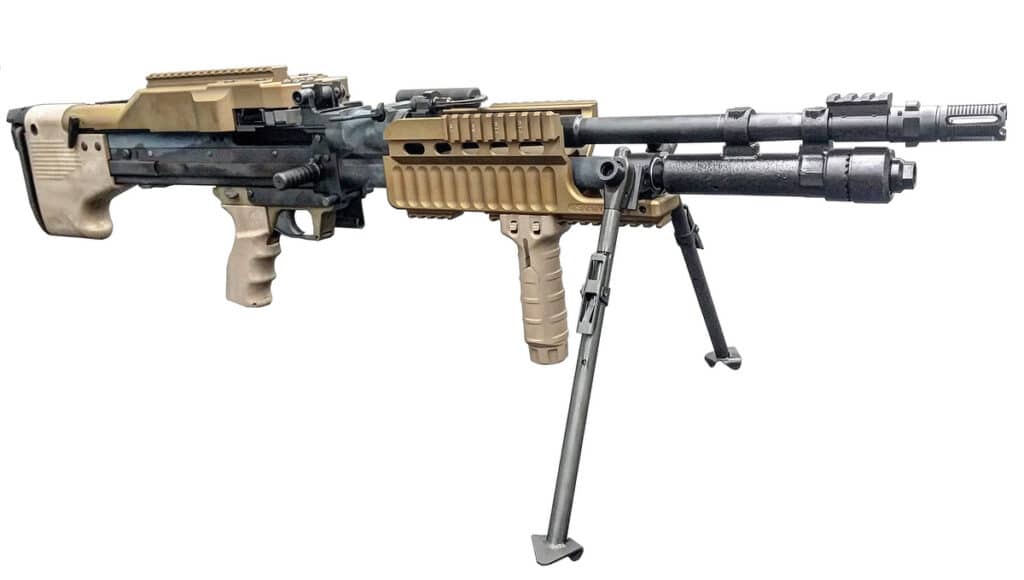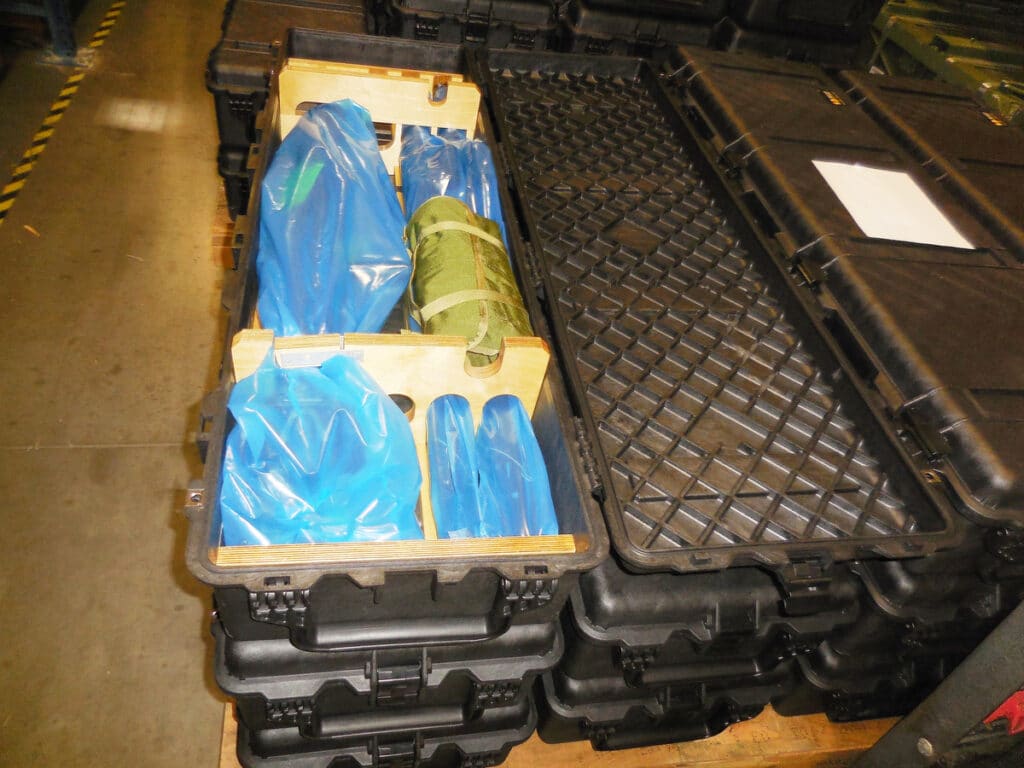By Dan Shea –
The SAW; the “Squad Automatic Weapon.” Looking at the photo above, astute observers will note, “Dan, that’s not the SAW, it’s an M240.”
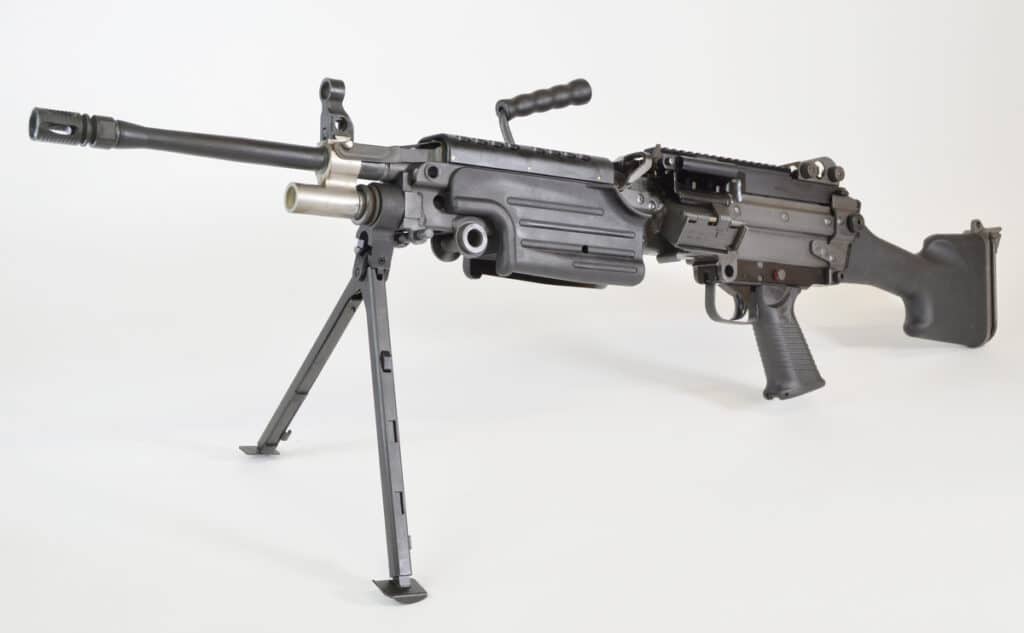
Actually, the M240 is a squad automatic weapon… from the old school definition. In the 10- to 12-man infantry squad, there were mostly riflemen, variously one or two automatic riflemen (the 1918 BAR guys who later were the guys with the full auto switch on their M14), grenadiers, and each rifleman usually had secondary responsibilities. Historically, there’s no squad automatic weapon (machine gun) in the military table of organization and equipment (TOE) at the squad level. The weapons platoon provided the machine gun and lighter mortar support to the squads, as directed. This meant the M1917A1, M1919A4 and A6, M2HB, and later the M60 general purpose machine gun, then the M240G and B variants were all part of the weapons platoon, not the infantry squad.
So, why did we call them Squad Automatic Weapons? Basically, these were support weapons for specially trained machine gunners to deploy in support of the squad, at order from the platoon or company, and had to perform suppressive fire missions and other machine gunner jobs at 1000 meters plus, as well as in closer fighting. 7.62mm was considered the minimum caliber for that. During the Vietnam War, the M60 drifted into more squad level usage, and by the 1970s when the Squad Automatic Weapon program began, a smaller caliber firearm had been decided on with 5.56x45mm round, the same as used by the M16A1 being the final choice. By 1980, the FN Minimi was chosen in the (X)M249 configuration and after various Product Improvement Programs, in 1986 the M249 began integration to the infantry squad. This allowed a belt fed machine gun in every squad, albeit in a smaller caliber with diminished range and capability compared to the 7.62mm machine guns. My personal opinion was that it was more of a belt-fed rifle than a SAW, but the 5.56x45mm M249 has proven itself on the battlefield many times.
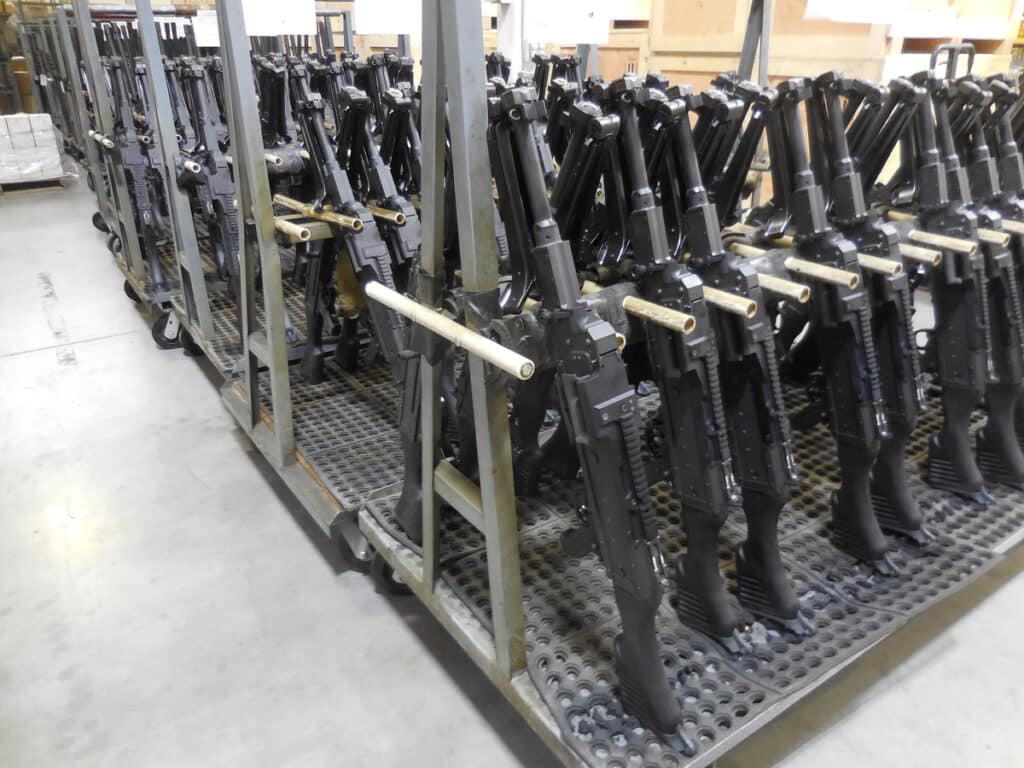
In a 1980s parallel development, the U.S. military wanted to replace the M60 GPMG. Saco Defense had the M60E3 then the lighter M60E4, which failed in competition with the M240G, which was the dismounted version of the M240 tank guns. The 240G was, basically, the Belgian MAG-58 that was in use by many nation’s militaries. Don’t confuse the M60E4 of those 1980s trials, with the actual M60E4-issue gun made by U.S. Ordnance today, which is a much more evolved and proven system.

The M240 series guns are large machine guns, larger than the M60 GPMG, but considerably more reliable, and with a longer life. The M60 was designed in the 1950s as a 100,000 round maximum gun. We spoke with the designers back in the 1980s and had a lesson on that issue. They never intended it to be more than a 100,000-round gun. In Vietnam, a door gunner might do more than that in a month of hammering treelines around hot LZs. Thus, the unique receiver stretch gauge… and the advent of the M240G & B series machine guns.
U.S. Ordnance is well known around the world as the manufacturer of the U.S. M2HB and M2A1 machine guns, MK19 Mod 3 grenade machine guns, the M240 series, and the M60E4 and M60E6. So why would they add the M249 “SAW” to their pallet of machine guns?

There is definitely a supply void for the M249 system. There are at least a dozen countries that count on the Minimi/M249 system, and many others that have smaller user populations but larger needs. There are many requirements in the defense industry for M249 as well as support for existing guns.
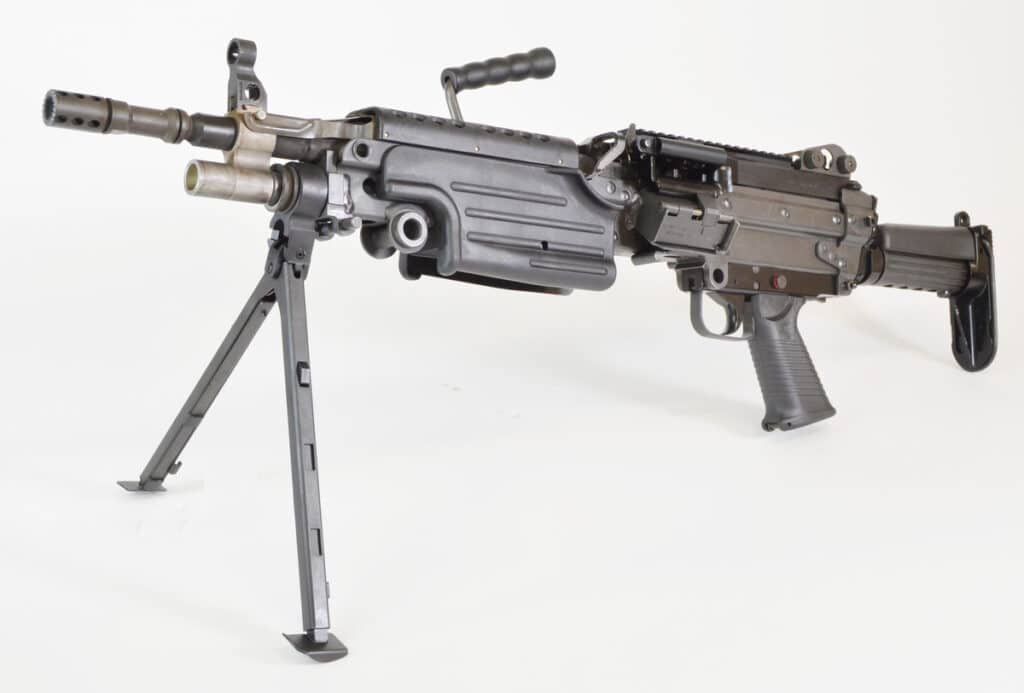
U.S. Ordnance is an agile company, they are able to focus quickly on a problem, and move into reliable production. We’ve been involved in many machine gun programs, several involving M249 production, and our confidence level in the expertise at U.S. Ordnance is very high. The welding of sheet metal requires very experienced fixture designers, as warpage is always a big issue. I recently toured the facility again, and went through the production lines for the M249 with their production manager.
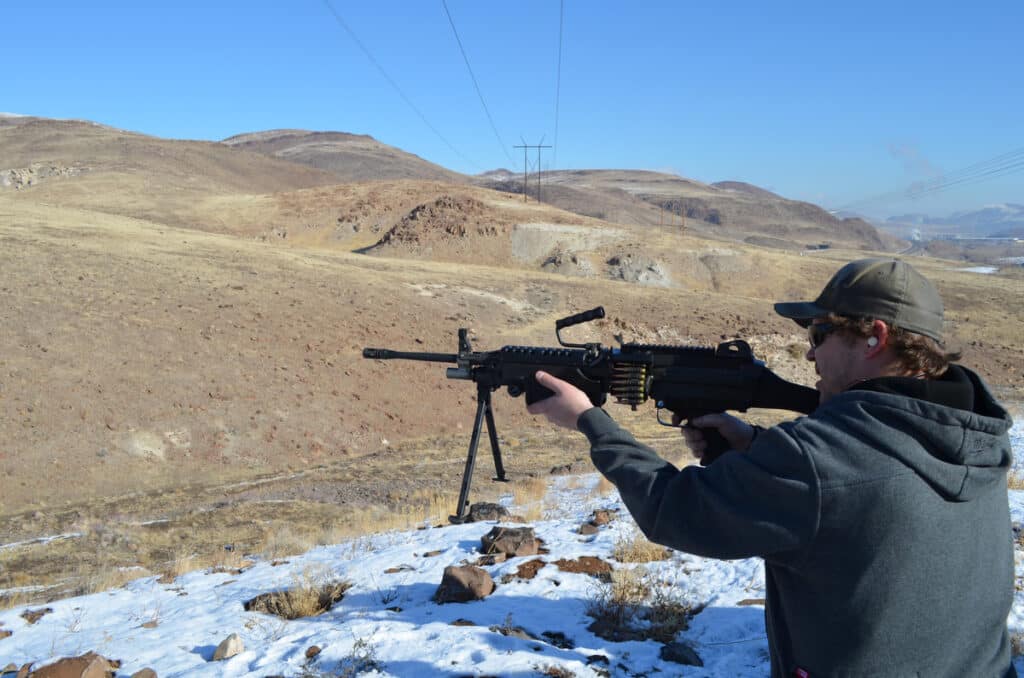
U.S. Ordnance is bringing their full engineering capability to the table. Their ability to quickly produce machine guns in volume, with high quality and very reliable function, is legendary in today’s market. I reviewed the production line, examined the end products, and as in the past, when I’ve tested their M240 and M60E6 with military spec live firing, we plan to do a 25,000 round live fire program very soon. SADJ will report on this as soon as we have finished. It would seem that adding the M249 machine gun, the Para variant, and support/parts capability to U.S. Ordnance’s production would be a very good fit. We’ll follow up with the full mil-spec test report as soon as it’s done.
M249 MACHINE GUN SPECS
Caliber: 5.56x45mm NATO
Weight: 17.06lb (7.73kg) w/bipod & tools
Length: 32.875- 35.25 inches (835-895mm) Complete M249
Barrel Length: 21in or 18in (533mm or 457mm)
Rifling Twist Rate: 1:7in RH
Cyclic Rate of Fire: 700-900 RPM
